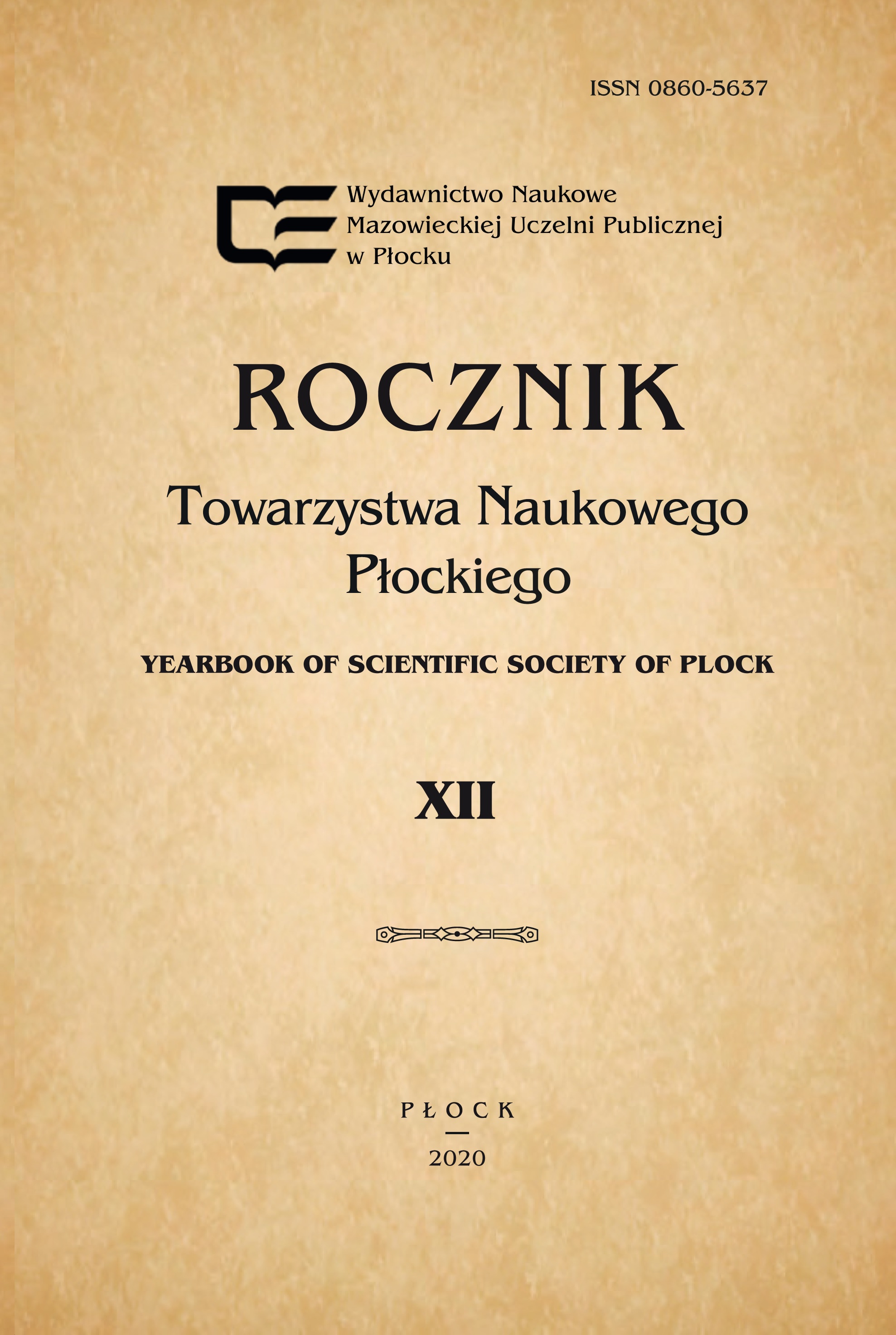STAGES ON THE ROAD TO TOTAL CONVERTIBILITY OF THE ITALIAN LIRA IN THE PERIOD BETWEEN 1945 AND 1958
DOI:
https://doi.org/10.19251/rtnp/2020.12(7)Keywords:
Italy, Italian lira, International Monetary Fund, European Payments Union, balance of payments, full currency convertibility, system of gold and currency, foreign exchange restrictions, exchange reserves, exchange parityAbstract
DOI: 10.19251/rtnp/2020.12(7)
The article discusses the successive stages involved in the Italian lira obtaining full convertibility according to the standards of the International Monetary Fund. The fulfillment of the main demands of the IMF and the formation of the monetary system functioning in the postwar period were accomplished
in 1958 with the transition of twelve Western European countries (including Italy) to the external convertibility of their individual currencies. This happened
as a result of the abolition of foreign exchange restrictions that were introduced earlier. It is possible to speak of the emergence of an international system of gold and currency under these conditions. All these changes made the Italian lira a “hard currency” and gave it the status of an international currency.
For the first time since the end of the war on June 30, 1960 the official exchange rate at the IMF was 0.001421 grams of pure gold. This exchange rate
remained at this level (with only minor deviations) for the next nine years. The introduced system of convertibility of the lira contributed to its strengthening
and stabilization as a currency in which balance of payments operations of many countries were conducted.
References
Spinelli F. and M. Fratianni, Storia monetaria d’Italia. L’evoluzione del sistema monetario e bancario, Milano: Mondadori 1991.
Banca Nationale del Lavoro, Roma od 1949 r. do 1960 r.
Agreement for the Establishment of European Payments Union, Paris 1951.
Foa B., Monetary Reconstruction in Italy, Kings Crown Press, New York 1959.
Lutz F.A., Lutz, V.V., Monetary and Foreign Exchange Policy in Italy, University Press, Princston 1950.
F.A. Lutz, Lutz V.V., Monetary and Foreign Exchange Policy in Italy, Unicersisty Press, Princston 1950.
Graziani A. (1972), L’economia italiana: 1945-1970, il Mulino, Bologna.
Agreement for the Establishment of European Payments Union, Paris 1951.
Agreement for the Establishment of European Payments Union, Paris 1950.
Zamagni V., Betting on the Future. The Reconstruction of Italian Industry, 1946-1952 [w:] Power in Europe? Great Britain, France, Italy and Germany in a Postwar World, 1945-1950, Edited by J. Becker and F. Knipping, Berlin, New York 1986, s. 283-301.
Biedziński Z., Rozliczenia międzynarodowe, Warszawa 1960.
Foa B., Monetary Reconstruction in Italy, Kings Crown Press, New York 1959.
Garofoli G. (2014), Economia e politica economica in Italia. Lo sviluppo economico italiano dal 1945 ad oggi, FrancoAngeli Editore, Milano.
Bank for International Settlements, Basel 1951.
Bank for International Settlements, Basel 1952.
Rinaldi A. and Pistoresi B., Exports, imports and growth: New evidence on Italy: 1863-2004, „Explorations in Economic History” 49 (no. 2, 2012): 241-54.
Bank for International Settlements, Basel 1957, s. 185.
Bank for International Settlements, Basel 1958, s. 173.
Bank for International Settlements, Basel 1959, s. 219.
Sprawy międzynarodowe. Bank for International Settlements, Basel 1959.
Survey of Italy’s Economy. Banca Commerciale Italiana, Milano 1957.
Bank for International Settlements, Basel 1959, s. 220; 1960, s. 166.
Bank for International Settlements, Basel 1960.
Tremelloni R., Economia italiana 1861-1961, Milano 1963.
Pick’s Currency Yearbook 1960 r.
International Financial Statistics 1960 r.
Klimiuk Z., Ewolucja gospodarki Włoch po II wojnie światowej - od „cudu” do kryzysu gospodarczego, Półrocznik Instytutu Nauk Ekonomicznych i Informatyki PWSZ w Płocku Nauki Ekonomiczne, t. XXII, 2015.
Klimiuk Z., Strategie krajów wychodzenia z kryzysu ekonomiczno-finansowego. Przypadek gospodarki Włoch [w:] Współczesne wyzwania w warunkach globalnego kryzysu. Społeczno-ekonomiczne aspekty innowacyjności w rozwoju gospodarki, red. Elżbieta Kopciuszewska, Wydawnictwo Szkoły Wyższej im. Bogdana Jańskiego, Warszawa 2014.
